The Irrawaddy River, nearly 1300 miles in length, has been likened to the “lifeblood” of Burma and flows through some of the most coveted and untouched land in the world.
While Burma is in a rapid state of modernization and has gained praise from the international community for its political reform, the country remains in turmoil. Contested lands throughout the region remain rife with displacement, environmental disasters, religious unrest, and shady economic expansion.
However, along the banks of the Irrawaddy River, a pure and beautiful way of life can still be seen. On the Irrawaddy aims to explore the Burma that will slowly cease to exist as the country forges on.
This project uses the river as a guide that begins at the rivers confluence in Myitkyina, Kachin State and travels through the region to the Irrawaddy Delta. It starts at the destructive and controversial Myitsone Dam Project in Kachin, and follows the turns of the river through major ports, oil mines, and religious ceremonies until it breaks into small channels serving as irrigation to the small rice paddy farms in Pathein.
This ongoing body of work will continue to explore what is truly at the heart of a nation that is shrouded by the promise of development.

Kandawgyi Lake, Yangon

Myitkina, Kachin State

Dala, Yangon

Thingyan, Yangon

Oil Mine, Nga Naung Mone
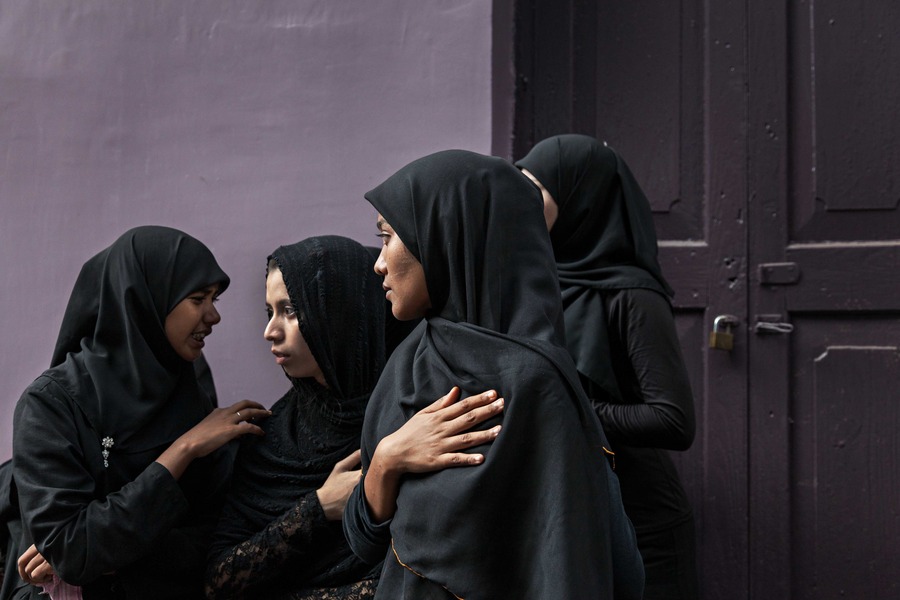
Ashura, Yangon

Rice, Pathein

Rice Farming Family, Pathein

Rice Farming Family, Pathein

Rice Farming Family, Pathein

Sittwe, Rakhine

River, Yangon

Masoeyein Monastery, Mandalay

Sule, Yangon

Letpadaung Copper Mine, Sagaing

The Sin Ma Kaw village, Yangon

Garment Factory Worker, Yangon

Rice Farming Family, Pathein

Migrants, Mae Sot

Yangon

Lay Kay Kaw, Karen State

Ashura, Yangon

Garment Worker Family, Yangon

Yangon River, Yangon

KNDO, Karen State

Garbage Dump, Yangon
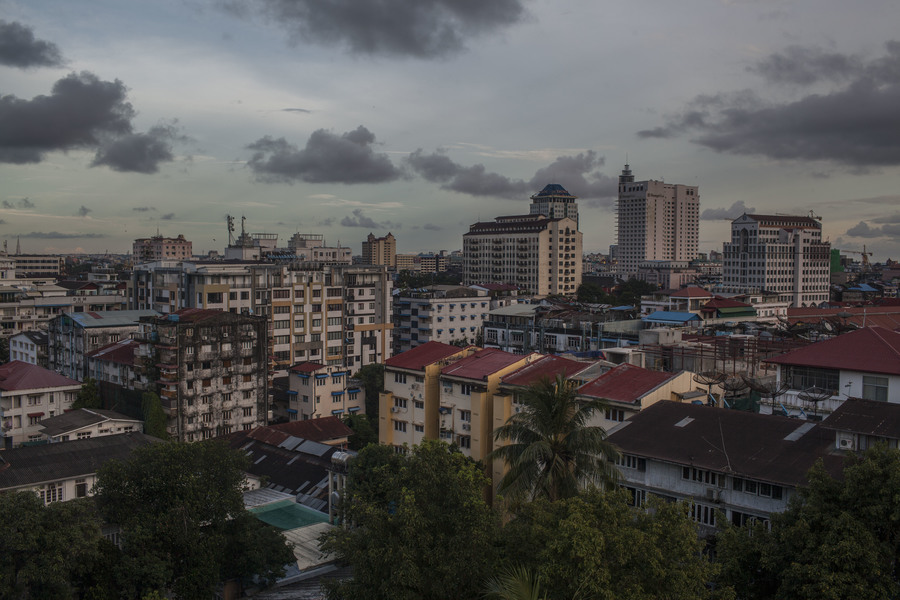
Yangon

Thadinyut Festival, Yangon

Protest, Yangon

Aung San Suu Kyi Rally, Yangon 2015

Thadingyut, Yangon

Shwe Dagon Pagoda, Yangon

Fish Market, Yangon

Myitkyina, Kachin State

Aung San Suu Kyi Rally, Yangon 2015

Yangon River, Yangon

Secretariat, Yangon

Gender based violence, Yangon

Dala, Yangon
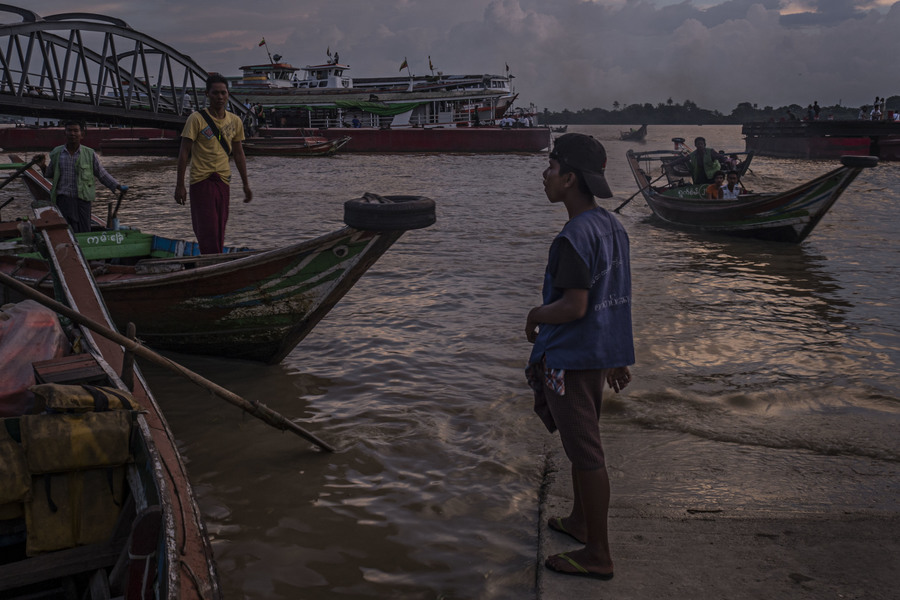
River, Yangon

River, Yangon
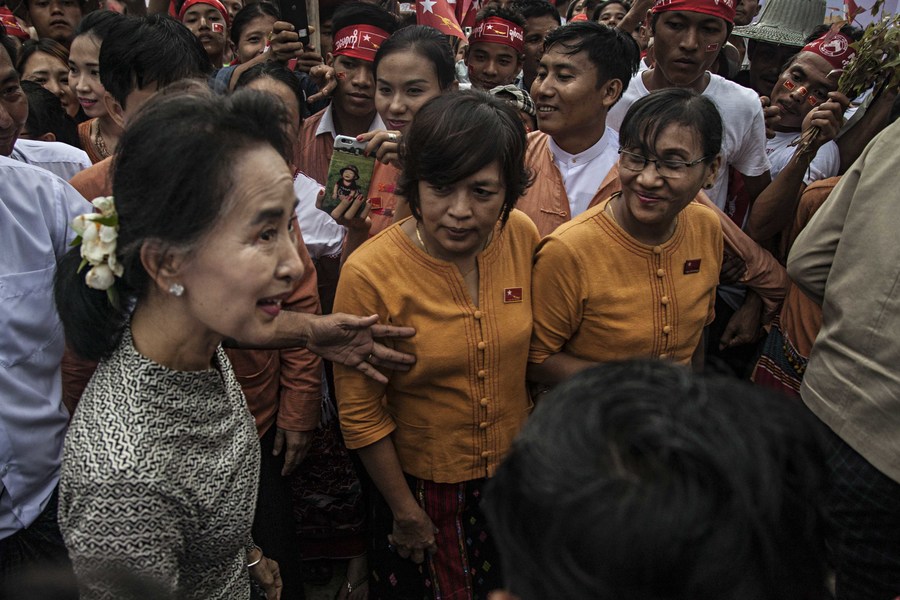
Aung San Suu Kyi Rally, Yangon 2015

Aung San Suu Kyi Rally, Yangon 2015

Rural Life, Yangon

Dala, Yangon

Garment Factory, Yangon

2015 Election Results NLD Headquarters, Yangon
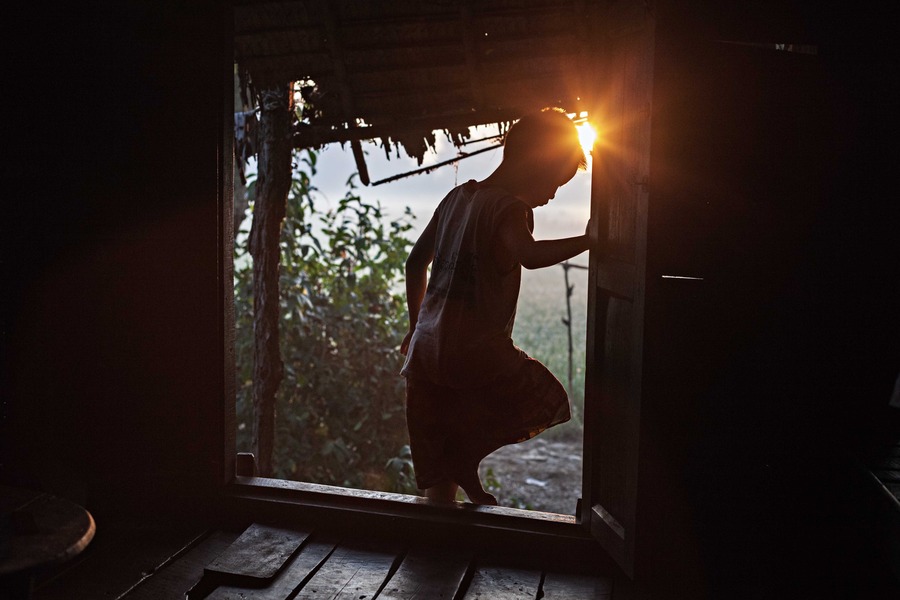
Rice Farming Family, Pathein
